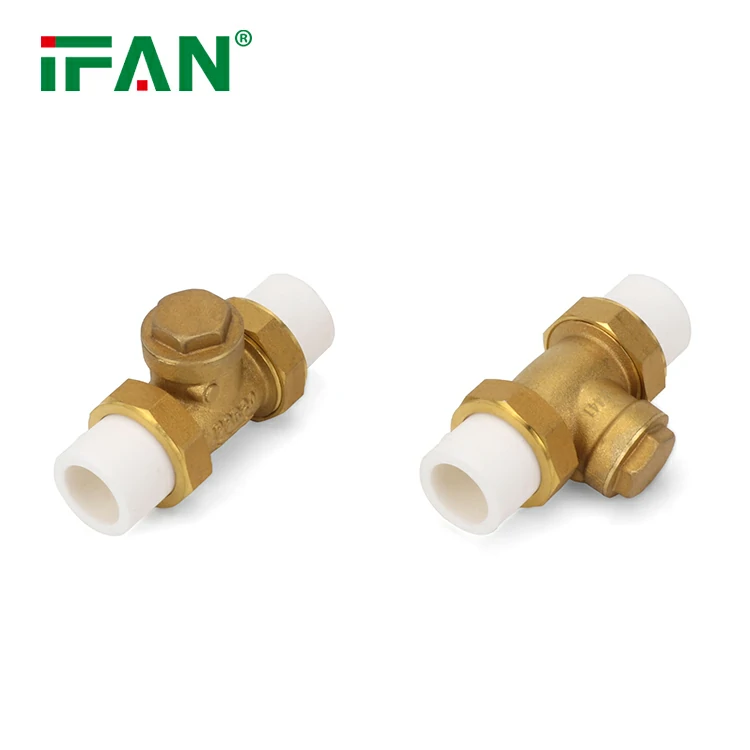Introduction to Check Valves
Check valves are crucial components in fluid systems, designed to prevent the reverse flow of liquids or gases. They operate automatically without the need for external control, making them essential in various applications. This article discusses the three main types of check valves: lift, swing, and tilting disc.
Lift Check Valves
Lift check valves are characterized by a disc that lifts off its seat to allow forward flow and closes due to gravity or fluid pressure when flow reverses. They are suitable for horizontal or vertical installations, with the vertical orientation often preferred to utilize gravity for seating. Lift check valves are commonly used in piping systems where reverse flow could cause damage or inefficiency, such as in pump discharge lines.
Swing Check Valves
Swing check valves feature a hinged disc that pivots on a pin or shaft. When fluid flows in the forward direction, the disc swings open. Reverse flow causes the disc to swing back and seat against the valve body, preventing backflow. Swing check valves are typically installed in horizontal pipelines due to their design. They are often found in large-diameter applications, such as water supply systems and industrial process piping, where their robust construction and reliable sealing are beneficial.
Tilting Disc Check Valves
Tilting disc check valves have a disc that pivots around a hinge point located near the valve’s centerline. This design allows the disc to open and close with minimal resistance, providing smooth flow and quick response to reverse flow conditions. Tilting disc check valves are ideal for applications with pulsating flow or fluctuations in pressure, such as in compressor discharge lines or irrigation systems. Their compact design and low-pressure drop characteristics make them suitable for installation in tight spaces.

Operational Characteristics
Each type of check valve has unique operational characteristics that influence their suitability for specific applications. Lift check valves, for example, may require additional space for the disc to lift, while swing check valve can create turbulence due to the disc’s pivoting motion. Tilting disc check valves offer the advantage of lower head loss and quicker closure, making them ideal for critical flow control applications.
Material Selection and Durability
The material of construction for check valves is crucial in determining their durability and performance. Common materials include cast iron, stainless steel, and brass, each offering different levels of corrosion resistance, strength, and weight.
Installation and Maintenance Considerations
Proper installation and regular maintenance are essential to ensure the long-term performance of check valve. Considerations such as pipeline orientation, flow rates, and pressure conditions must be taken into account during installation.
Conclusion
In conclusion, the three main types of check valve—lift, swing, and tilting disc—each offer unique advantages and are suited for specific applications. Understanding the operational characteristics, material options, and installation requirements of each type is essential to selecting the right check valve for your fluid system. With proper selection, installation, and maintenance, check valve can provide reliable flow control and prevent reverse flow, ensuring the efficiency and safety of your fluid systems.

